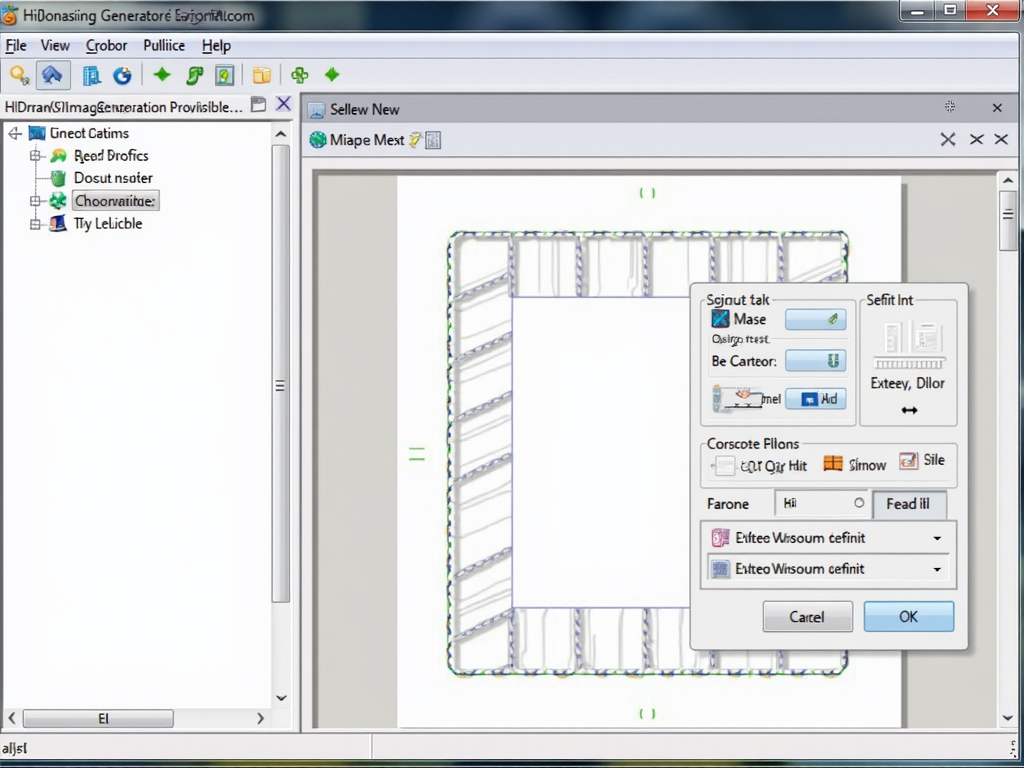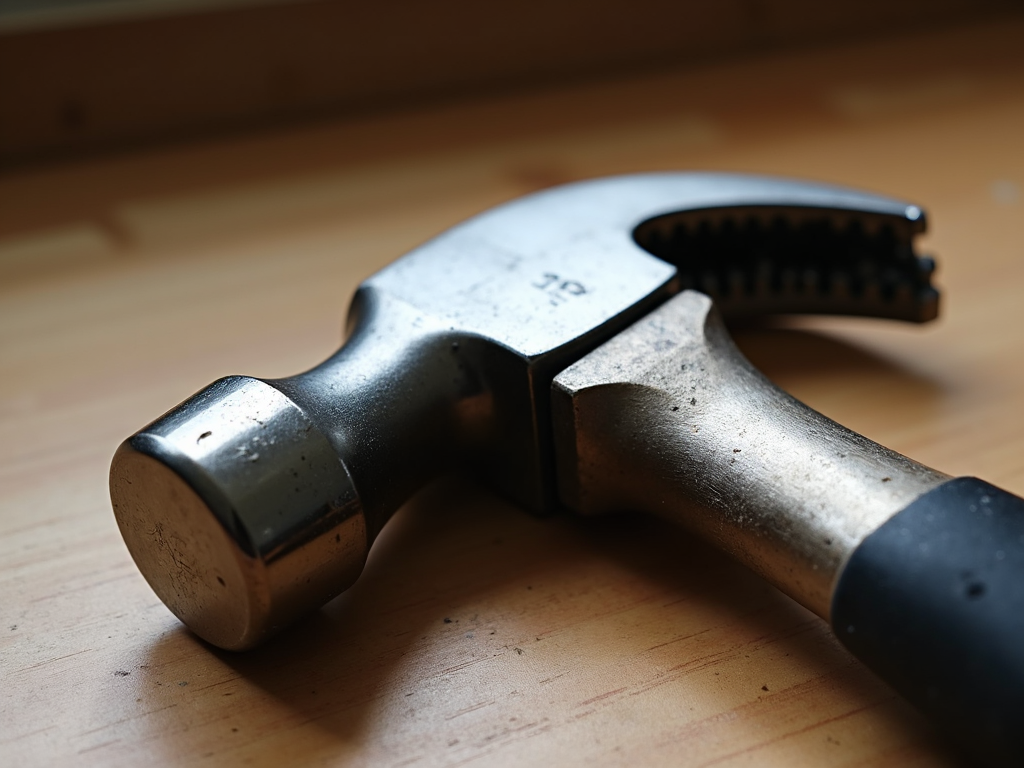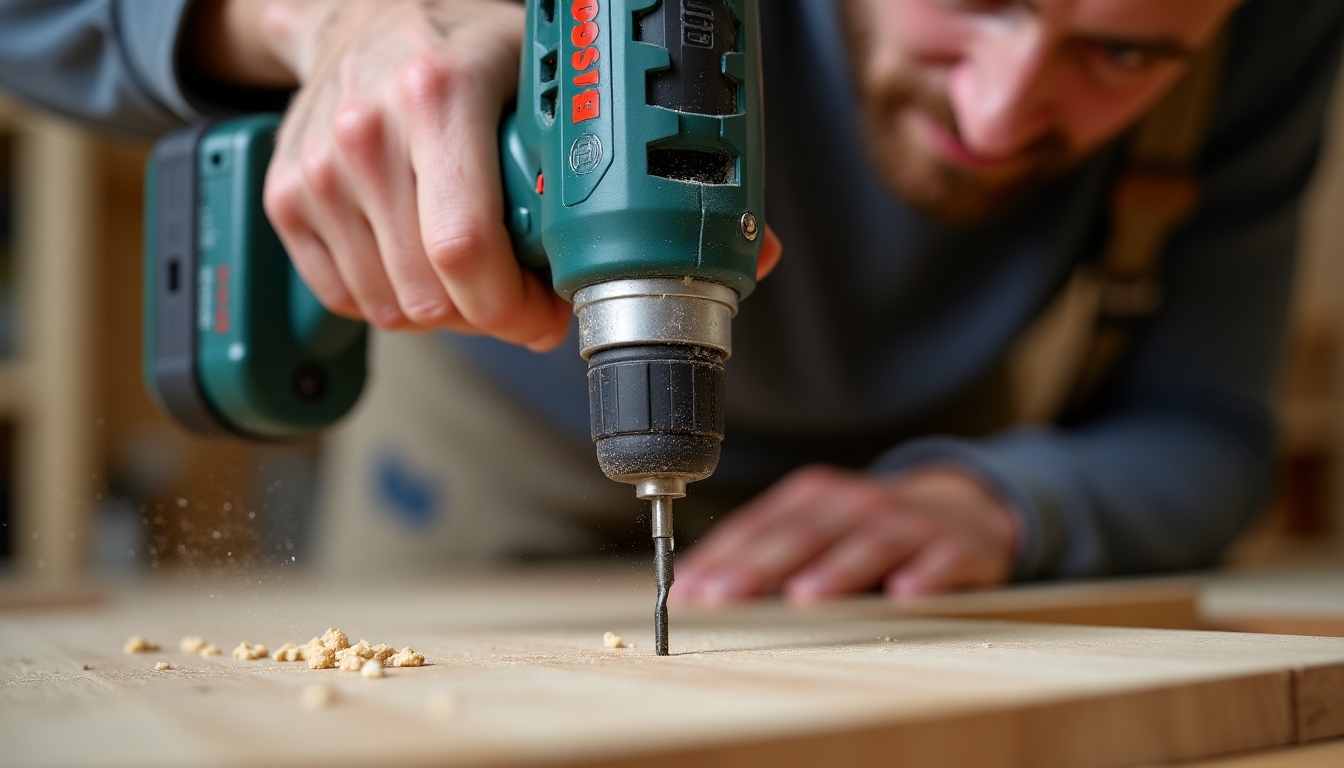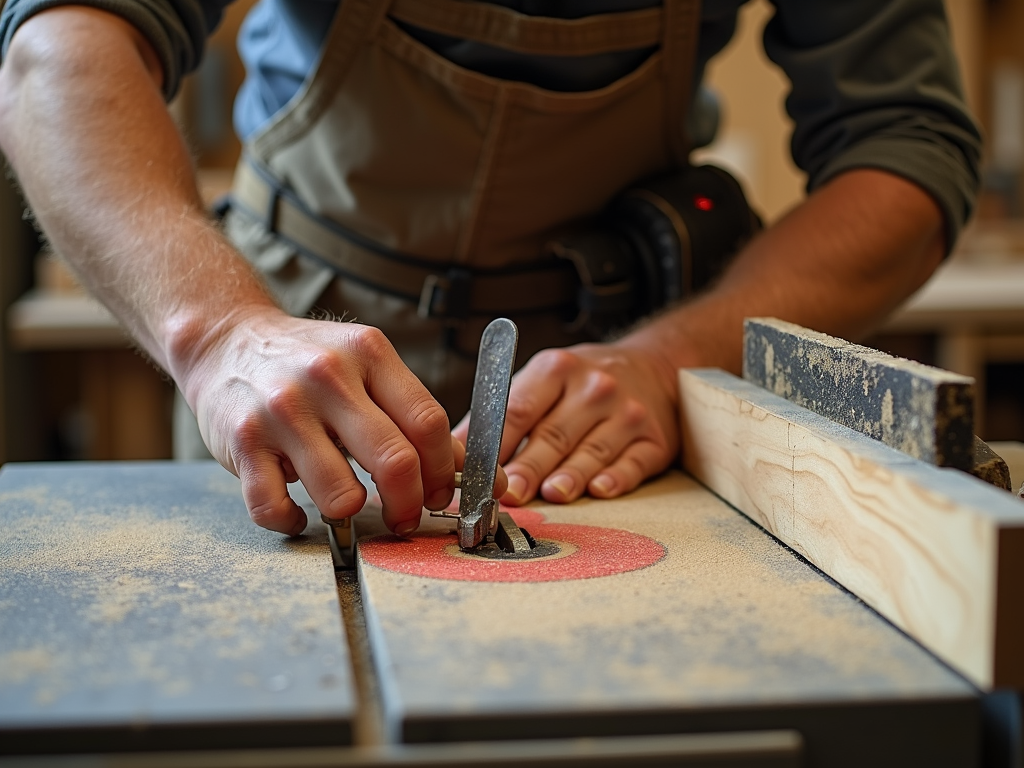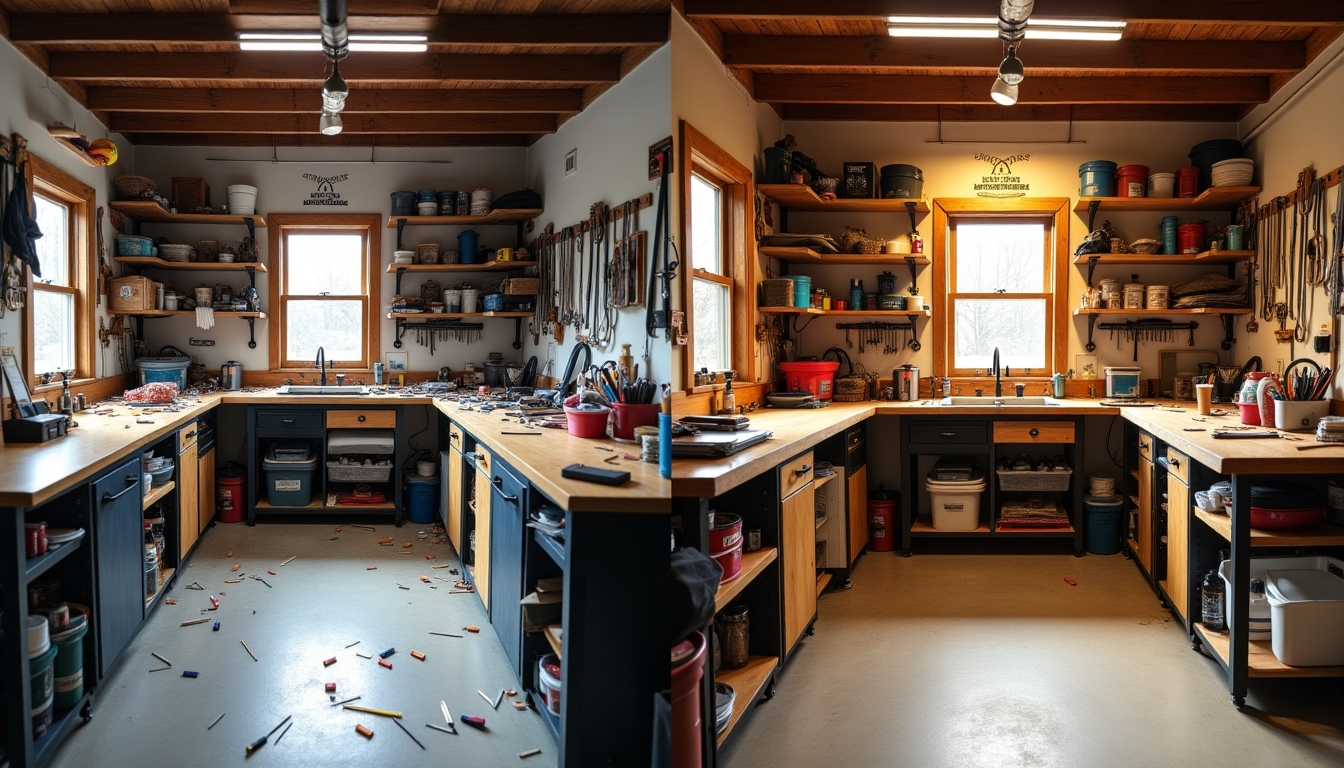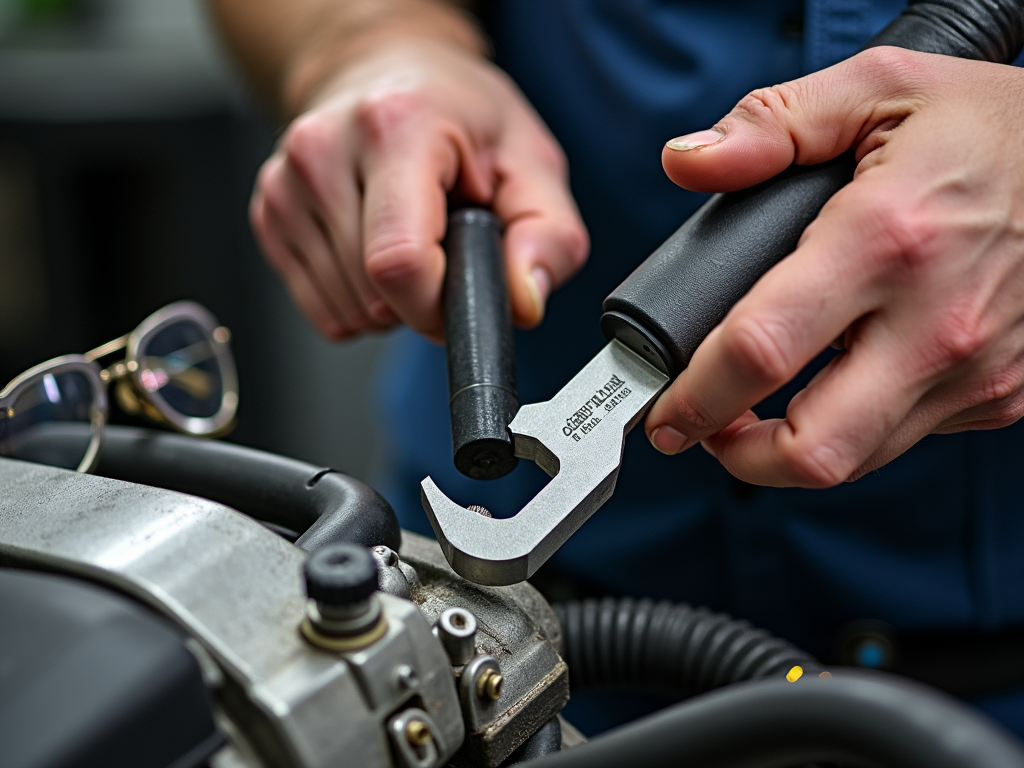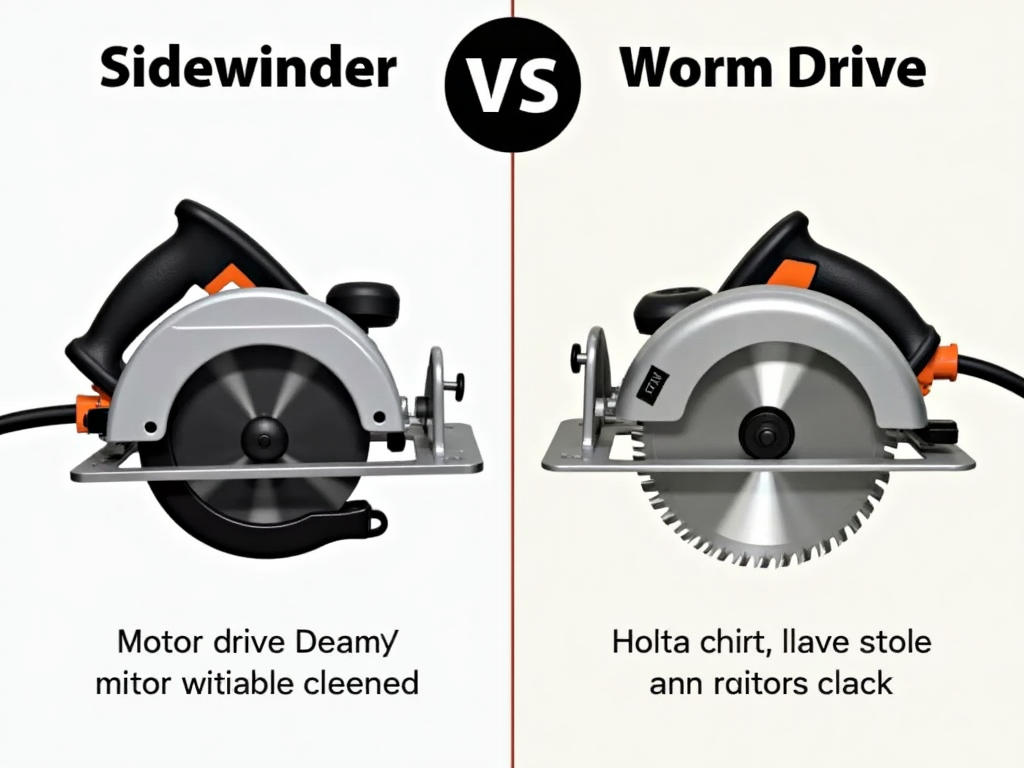Overview
Keeping workman tools organized in a small space can feel like a big challenge, but it’s worth the effort. A tidy workspace saves time, boosts productivity, and reduces stress. This article shares proven tips to help you make the most of limited room while keeping your tools accessible.
Why Organization Matters
As someone who’s spent years tinkering in small workshops, I know firsthand how frustrating a messy space can be. Once, I lost a screwdriver under a pile of tools and wasted half an hour looking for it. That’s when I decided to get serious about organizing my workman tools in a small space. A well-organized setup doesn’t just save time—it makes every project more enjoyable. Whether you’re fixing a leaky pipe or painting a room, having your tools in order keeps you focused.
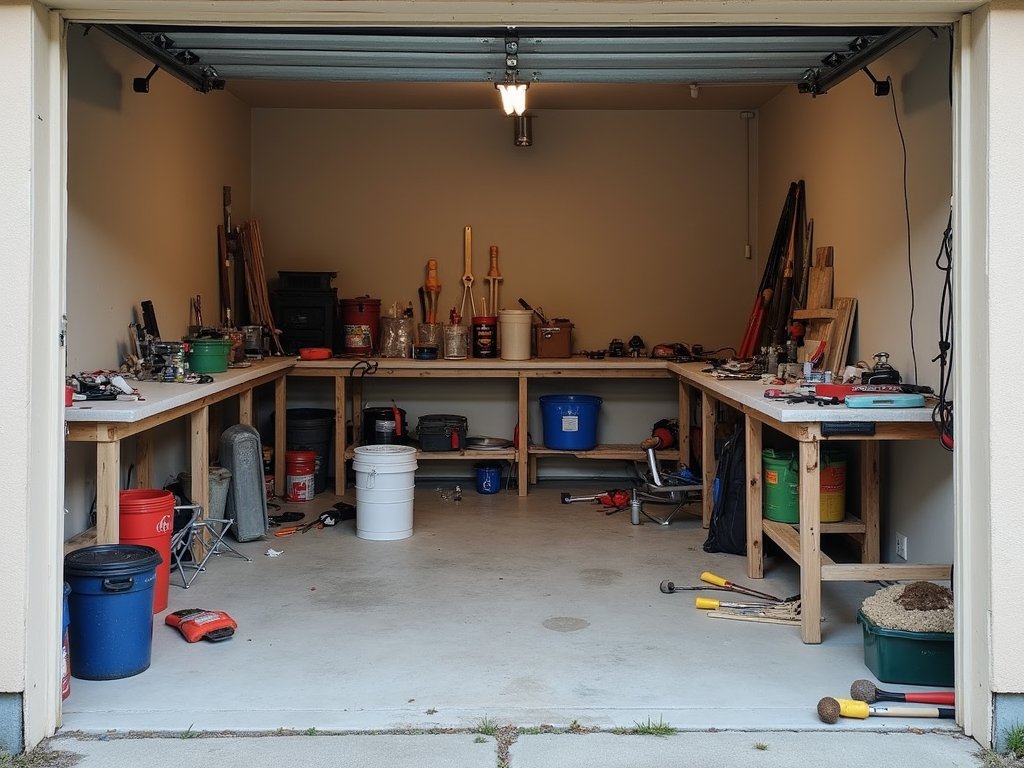
The Challenges of Small Spaces
Small spaces come with unique hurdles. First, there’s limited room for storage. You can’t just add another toolbox when space is tight. Second, tools can end up hard to reach, buried in boxes or stacked in corners. Third, safety becomes an issue—a cluttered floor means tripping risks. According to OSHA’s workplace safety guidelines, clutter can increase accidents. Finally, a messy space looks uninviting, which can sap your motivation.
Getting Started: Assess Your Space
Before jumping into solutions, take a good look at your area. Measure the walls, note corners, and check how much floor space you have. I once tried fitting a huge shelf in my tiny garage, only to realize it blocked the door. Learn from my mistake—plan around what you’ve got. Think about your tools, too. Do you use painting tools often? Are your workman tools mostly handheld or bulky? Knowing this helps you pick the right storage.
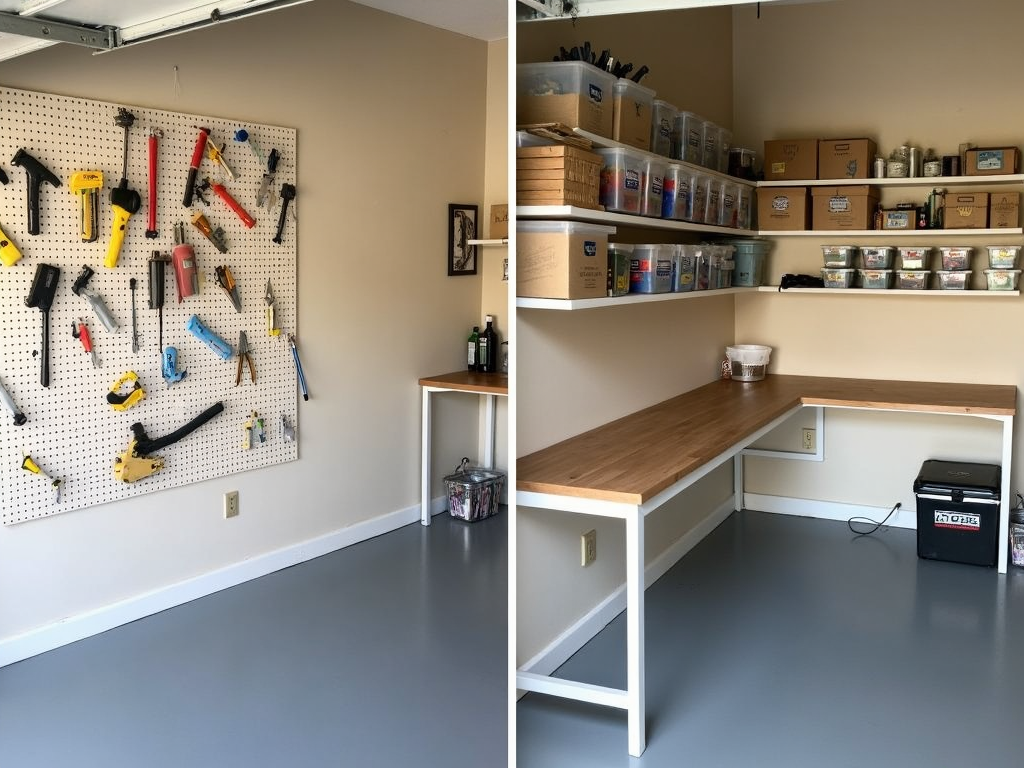
Creative Storage Solutions
Here’s where the fun begins—finding smart ways to store your tools. Below are my top picks:
- Pegboards: These are a game-changer. Mount one on a wall, add hooks, and hang your tools. I outline mine with a marker so I know where everything goes. Check out The Family Handyman’s pegboard guide for setup tips.
- Magnetic Strips: Perfect for metal tools like screwdrivers or wrenches. Stick them on a wall, and your tools stay put.
- Shelving: Add shelves for bins or bigger items. Adjustable ones work best for odd-sized tools.
- Tool Chests: A small chest with drawers keeps things tidy and mobile if it has wheels.
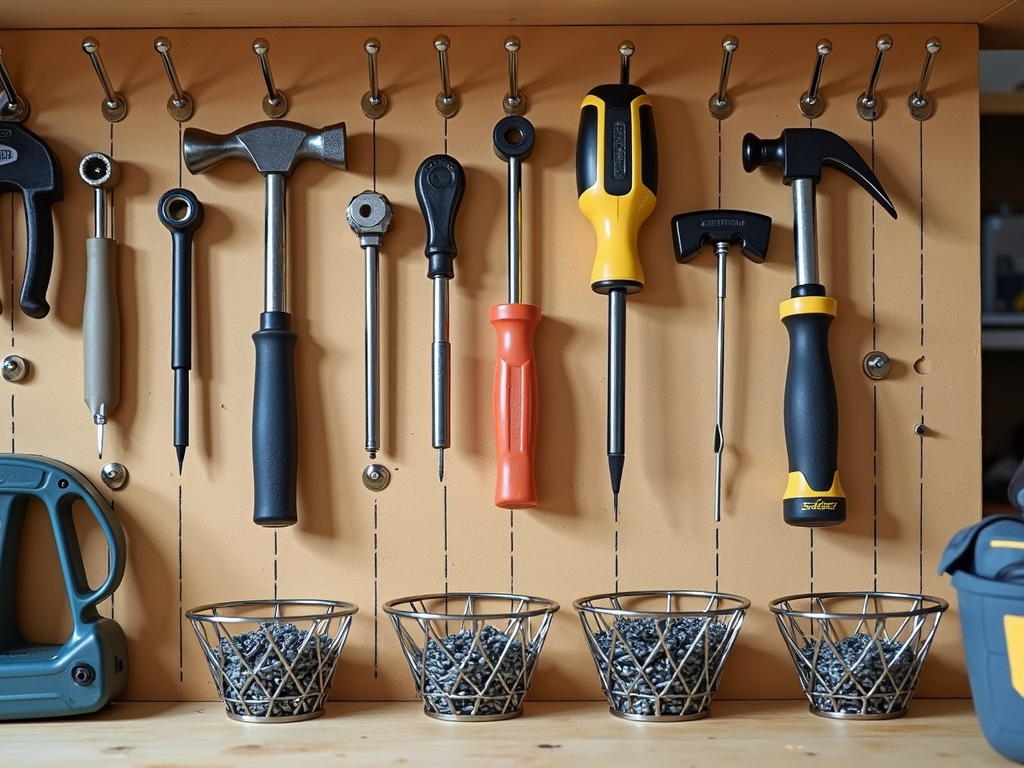
More Storage Ideas
- Wall Racks: Great for big tools like shovels or rakes. They keep the floor clear.
- Portable Toolboxes: Handy if you move around. I keep one for my most-used painting tools.
- Labels: Label bins or drawers. It’s simple but saves so much time.
- Workbenches with Storage: A bench with shelves or drawers doubles as a workspace and storage.
Here’s a quick comparison:
| Solution | Pros | Cons |
|---|---|---|
| Pegboards | Customizable, visible tools | Needs wall space |
| Magnetic Strips | Easy to install, space-saving | Only for metal tools |
| Shelves | Holds lots of items | Takes up space |
| Tool Chests | Organized, portable | Can be pricey |
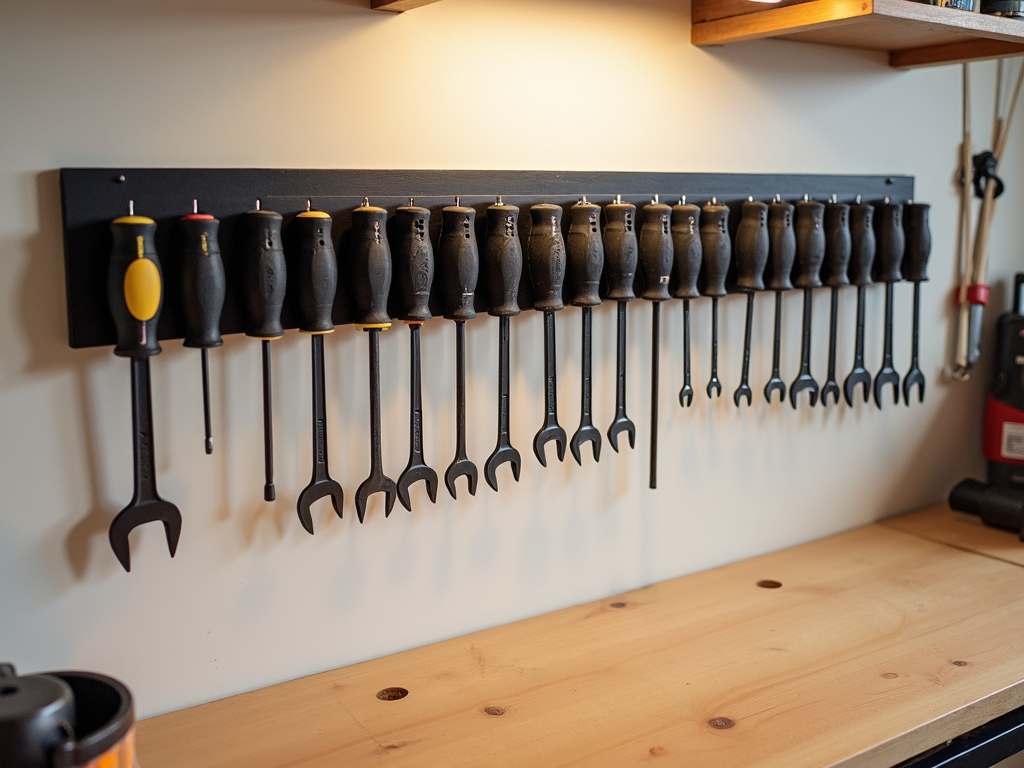
Maximizing Your Space
To get the most out of your small area, try these tips:
- Go Vertical: Use walls for pegboards or shelves. Even the ceiling can hold hooks for lightweight items.
- Group Tools: Keep similar items together. My painting tools—brushes, rollers, trays—stay in one bin.
- Clear Bins: See-through containers show what’s inside without digging.
- One In, One Out: Got a new tool? Toss an old one to avoid clutter.
- Declutter Often: Every few months, ditch broken or unused tools.
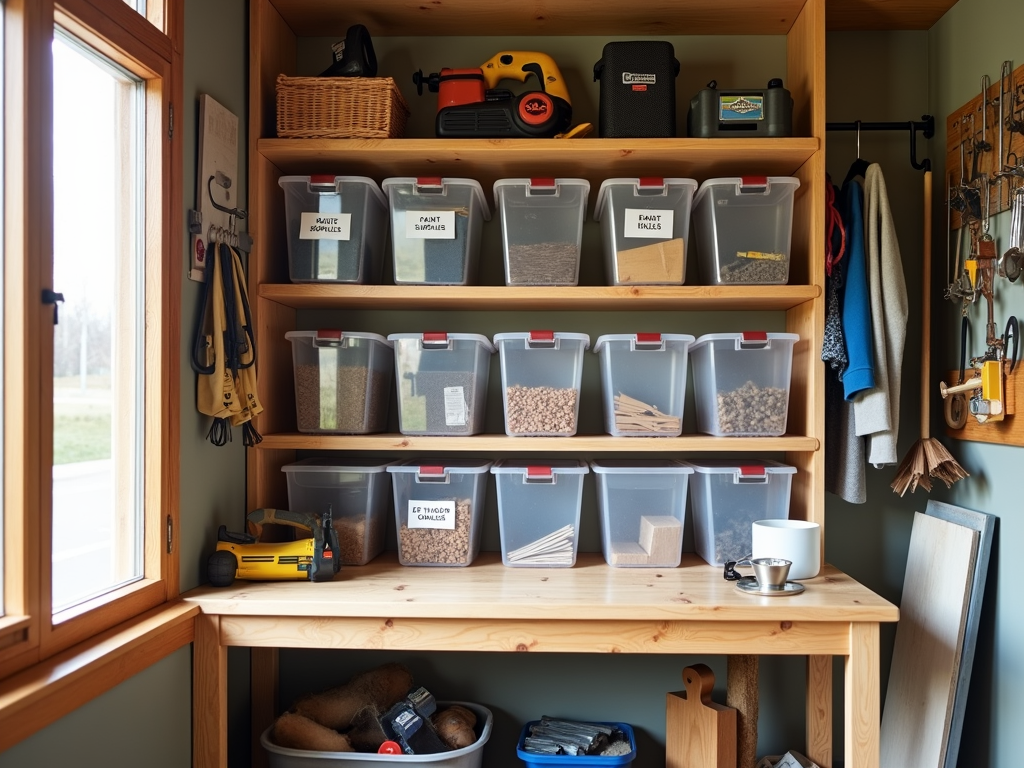
Choosing the Right Tools
Quality beats quantity in a small space. Instead of five cheap screwdrivers, get one good multi-tip version. Multi-use tools cut down on what you need to store. A study from Purdue University’s engineering department highlights how durable tools improve efficiency. Focus on what you use most—my essentials are a hammer, pliers, and a few painting tools.
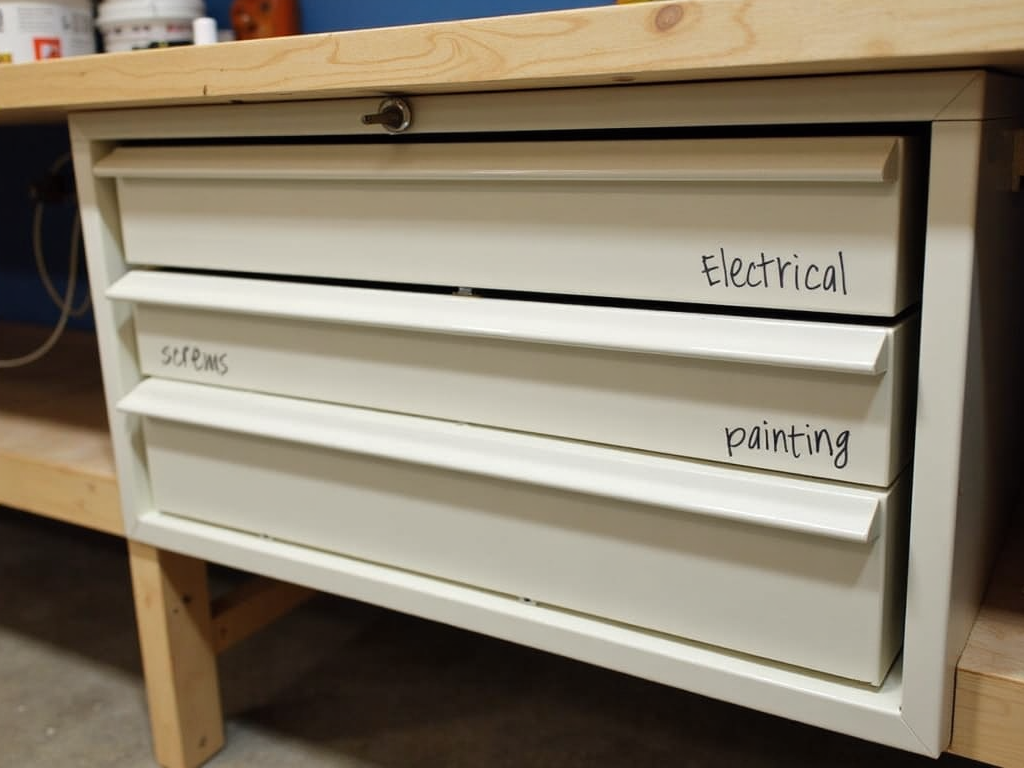
Keeping It Organized
The hard part isn’t setting it up—it’s keeping it that way. After every project, put tools back. It takes ten seconds but saves hours later. Clean the space weekly—sweep the floor, wipe the bench. Every six months, check your system. Does it still work? Adjust if needed. If others use the space, show them the setup so they follow it too.
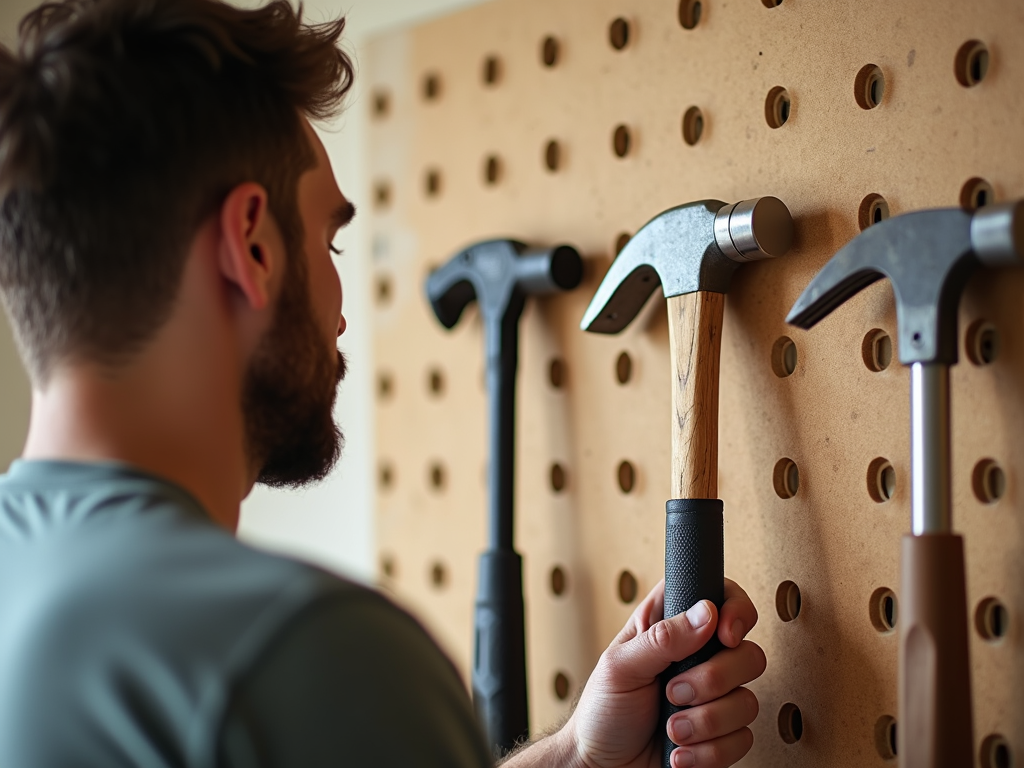
Summary
Organizing workman tools in a small space takes planning, but the payoff is huge. With solutions like pegboards, shelves, and smart habits, you can turn chaos into order. Start small—hang a tool, label a bin—and build from there. A tidy space means more time for projects and less frustration.
Related organizing workman tools in a small space:
- From Digital to Physical: Using HiDream Image Generator to Plan Your Rotary Tool Projects
- Top 10 High-Quality Workman Tools for Professionals
- Revolutionizing Workshops: What's New in Workshop Tech
- Selecting the Right Tools for Your Automotive Needs
- Hand Tools Storage Solutions: A Comprehensive Guide
- The Ultimate Guide to Cleaning Your Car with a Power Washer
- The Impact of AI on Factory Safety
- Advanced Table Saw Techniques for Woodworking
- Mastering Tool Organization in a Small Workshop: A Comprehensive Guide
- The Ultimate Guide to Tool Maintenance
- Safety Tips for DIY Auto Repair: A Comprehensive Guide
- Comprehensive Guide to Circular Saws for Beginners
